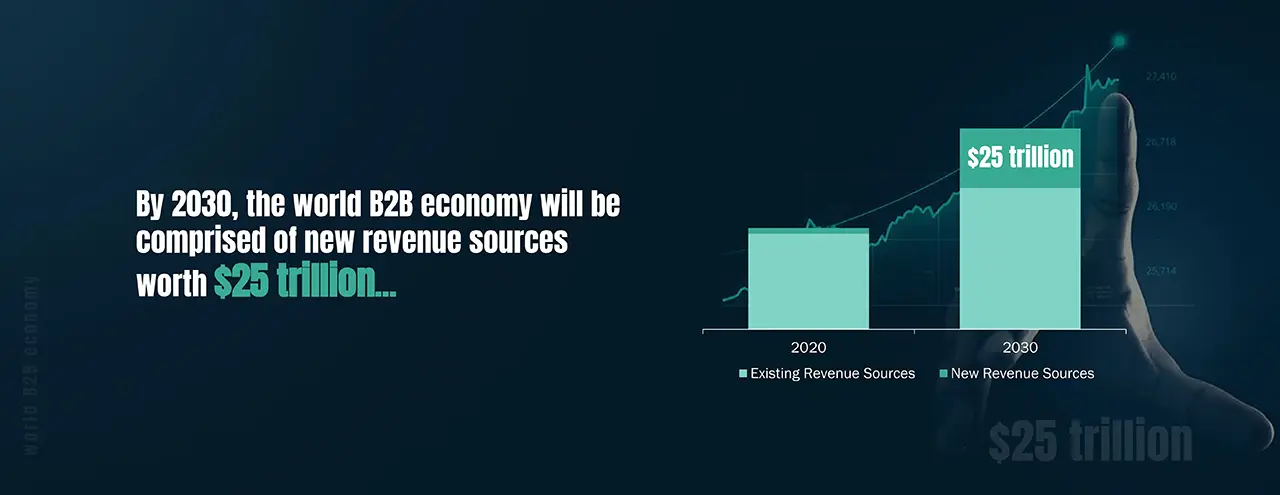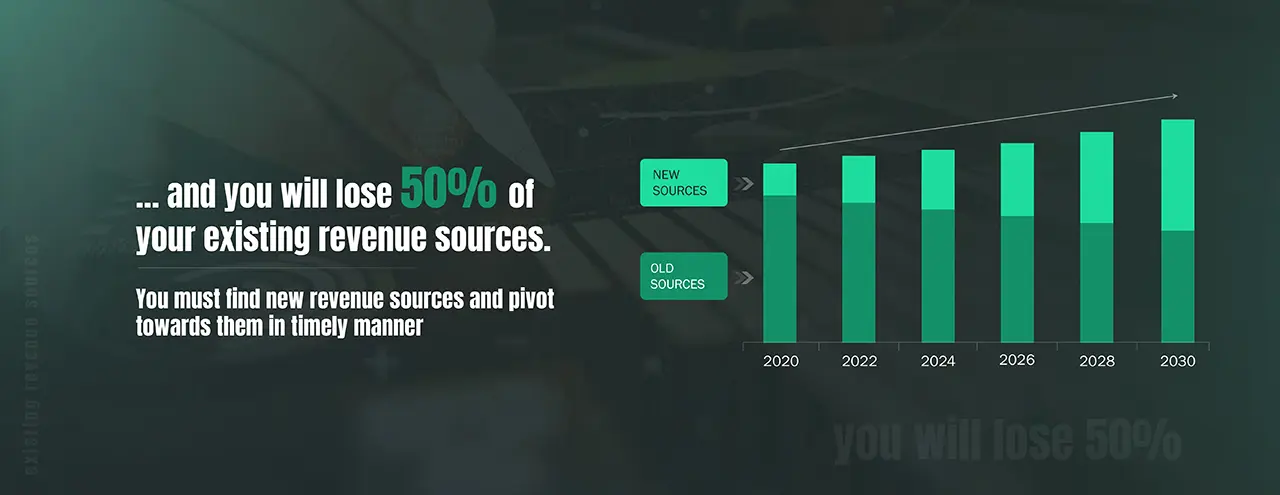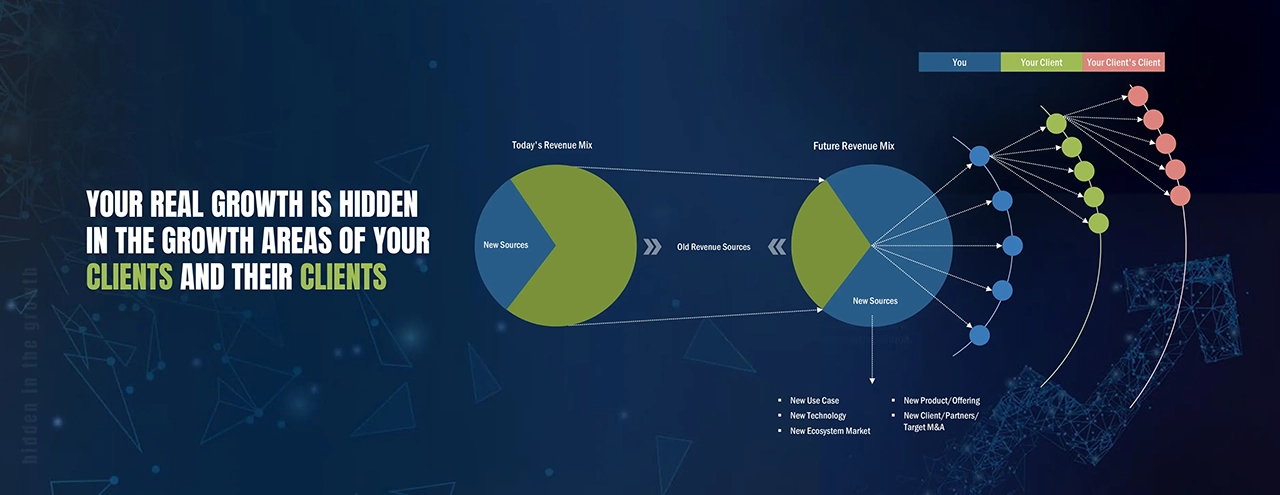
We are happy with the services and would strongly recommend MarketsandMarkets to my peers in the
industry.MarketsandMarkets for an Opportunity Assessment on "Incidence and Prevalence of Focus Indications" as
we wanted to know the most attractive HCPs like Physician, Functional MD, Naturopath and Pharmacist. The project
was critical for us to ensure our focus on the right target which would enable sustainable growth and
profitability for SFI Health. The business insights provided exceeded our expectations and we were extremely
impressed. The team at MarketsandMarkets is highly professional and detail oriented and very well understood our
business needs. MarketsandMarkets offers a unique combination of expertise and dedicated engagement model. We
identified 2 new products to be launched in coming months, based on the research findings provided by
MarketsandMarkets.
Jayant Rajpurohit
Director of Market Insights
Data & Analytics SFI Health, Leading Pharmaceutical Company

Our organization was interested in learning more about the attractiveness of a particular market space. We contacted MarketsandMarkets to help us based on previous positive experiences we had with them. The results did not disappoint! We discussed our objectives with them, and the team at MarketsandMarkets developed and executed a proposal that met our needs precisely. We were very impressed by their level of expertise, the quality of the analysis and their insightful recommendations. We would not hesitate in working with them again in the future.
Jim Naas
Product Director
Weasler CentroMotion, Global Provider of Industrial Actuation & Control Solutions

"We started working with MarketsandMarkets 3 years ago. We see them as a trusted partner, providing key market insights that support our broad portfolio of businesses. We appreciate their professionalism and the ability of their Research & Client Services team's engagement with our C-suite.
Robert Lovegrove
Vice President
Corporate Strategy Milliken & Company,Leading Chemical Industry company

The team at MarketsandMarkets is highly knowledgeable and demonstrated excellent project management skills and a hig quality customer service. they were very supportive and clearly understood your business objectives.
MAREIKE DRAGER
GLOBAL MARKETING CAMPAIGNS,
DELL TECHNOLOGIES,
OEM Solutions






























